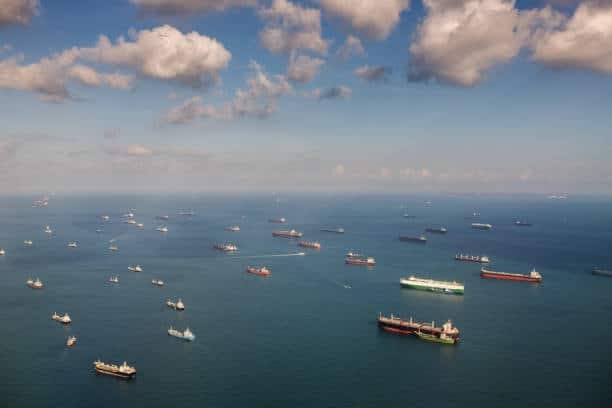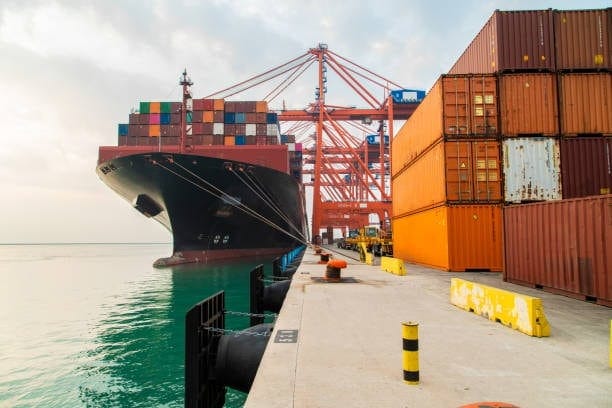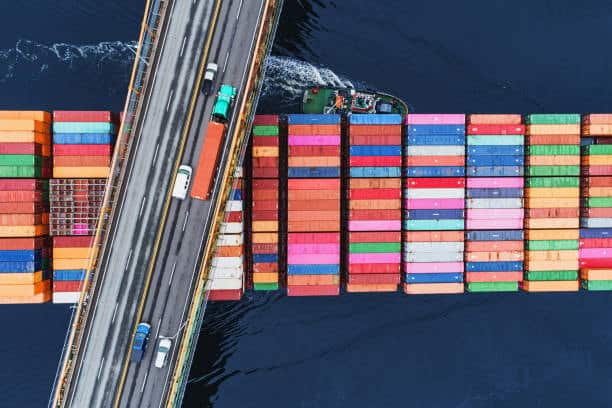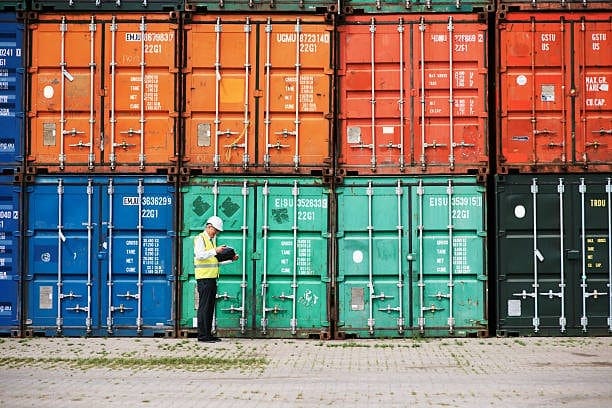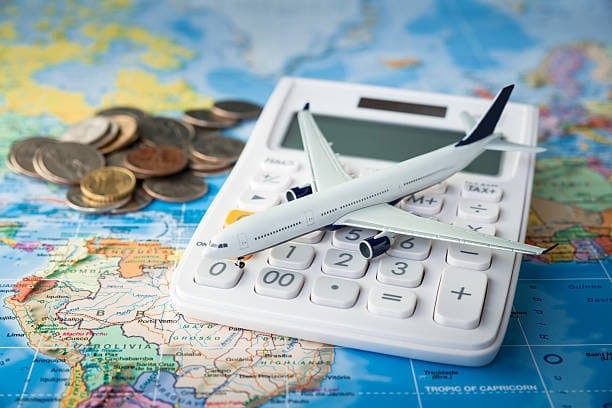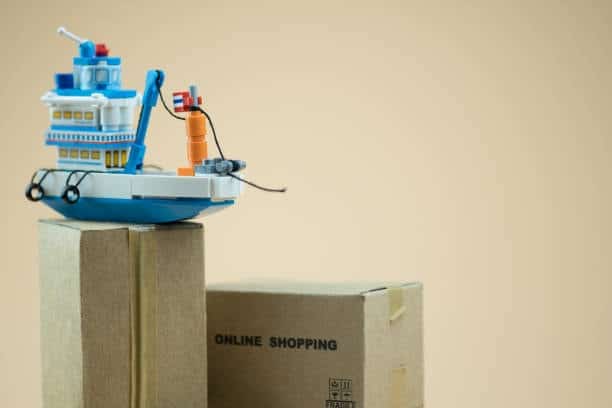Port Delays: Understanding the Global Supply Chain Crisis and Its Impact
Current problems with port delays disrupt global trade while simultaneously increasing operational expenses and damaging economic equilibrium. The issues of elevated product demand along with worker shortages and an outdated port infrastructure systems and awkward logistics systems significantly impact delivery delays. A wide range of businesses together with consumers around the world experience negative effects from port delays. Resource solutions that include infrastructure development alongside process optimization through automation and streamlined customs enforcement with stakeholder collaboration work together to prevent and solve logistical delay challenges. Port delays need resolution because they maintain the operational stability of worldwide supply chains.

